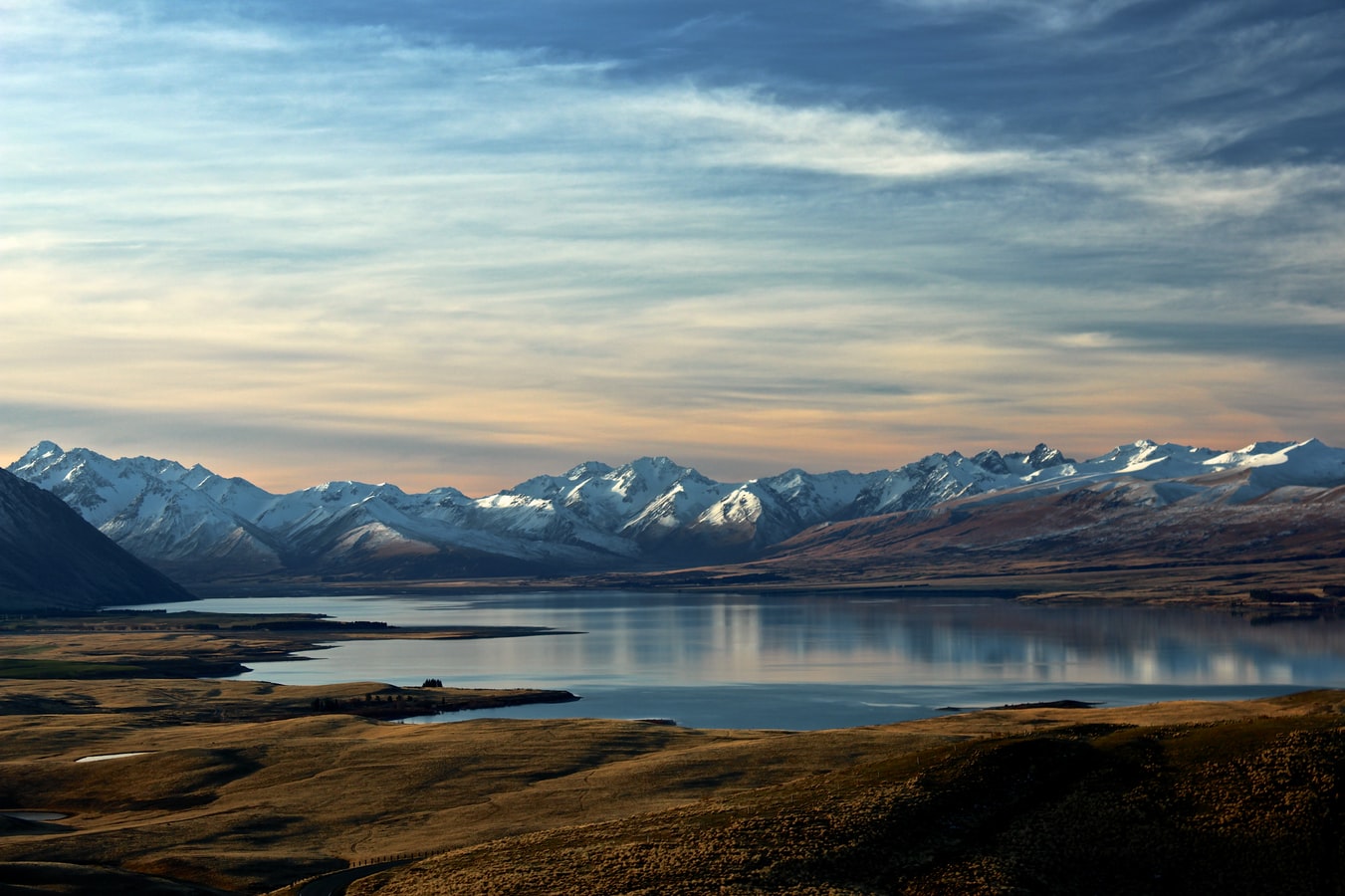Tại New Zealand, nghiên cứu địa nhiệt siêu tới hạn tập trung vào Vùng núi lửa Taupō – khu vực giữa hồ Taupō và Kawerau.
Chambefort cho biết chương trình mới được tài trợ không hỗ trợ bất kỳ khoan nào trong suốt thời gian 5 năm của nó, mặc dù các sáng kiến khác đang tìm kiếm các phương án khoan giếng sâu ở vùng Taupō.
“Chúng tôi hy vọng rằng 5 năm sau khi chương trình kết thúc (trong một thập kỷ), sẽ có một giếng sâu thành công ở các vùng Waikato hoặc Vịnh Plenty. Mục đích của một giếng như vậy là để kiểm tra các mô hình khoa học hiện có và thực hiện các điều chỉnh theo yêu cầu”, bà nói.
Cho đến nay các giếng địa nhiệt ở New Zealand đã có xu hướng sâu 1,5-3km. Các chất lỏng siêu tới hạn có khả năng được tìm thấy ở độ sâu lớn hơn 4km.
“Mục tiêu của chúng tôi là tìm hiểu nơi nào ở New Zealand có thể là mục tiêu tốt nhất trong tương lai là và để hiểu, sử dụng mô phỏng phòng thí nghiệm, các chất lỏng rất nóng này phản ứng thế nào với đá, và cách sử dụng chúng sẽ ảnh hưởng đến các hồ chứa sâu, và các hồ chứa nông láng giềng, trong tương lai,” Chambefort nói.
“Chúng tôi thấy một trường hợp hấp dẫn để khai thác vào các tài nguyên địa nhiệt sâu hơn và nóng hơn để tăng sự đóng góp tổng thể của địa nhiệt.”
Khoảng 17% điện năng của New Zealand đến từ địa nhiệt hiện nay, với lượng điện năng được tạo ra từ địa nhiệt như từ nhiên liệu hóa thạch vào năm 2018.
Trong khi có thể nói rằng thông lượng nhiệt tự nhiên của Trái Đất có khả năng có thể được chuyển giao như năng lượng trong bất kỳ môi trường nào, các tỉnh núi lửa như Taupō có gradient địa nhiệt lớn hơn, “có nghĩa là chúng ta không phải khoan tới 10km để đạt nhiệt độ trên 400C”.
“Những nhiệt độ rất nóng này gần bề mặt hơn so với một số quốc gia khác, tạo cho New Zealand một lợi thế tự nhiên”, Chambefort nói.
Một khía cạnh quan trọng là tìm tính thấm – đá mà chất lỏng nóng có thể đi qua tương đối dễ dàng. “Nó là một điều để có nhiệt, nhưng nếu không có chất lỏng có thể lưu thông qua các tảng đá, chúng ta không thể thu hoạch nhiệt này một cách hiệu quả lên bề mặt. Nước là tàu sân bay chính cho nhiệt.”
Công việc đang được thực hiện hiện nay được xây dựng trên nhiều thập kỷ nghiên cứu và chuyên môn của New Zealand về sử dụng địa nhiệt ở vùng Taupō. Trong khi có quan hệ đối tác mạnh mẽ với các đội địa nhiệt ở nước ngoài, những khám phá ở các nước khác không thể đơn giản được áp dụng ở New Zealand.
“Địa chất là khác nhau ở New Zealand. Chúng tôi cần nghiên cứu các hồ chứa của chúng tôi và tìm ra chỗ nào có thể thấm được ở độ sâu 4-5km,” bà nói.
“Chúng tôi cũng cần mô phỏng nhiệt độ cao và điều kiện địa nhiệt áp suất trong phòng thí nghiệm trước khi đưa ra những phát hiện có ý nghĩa cho New Zealand.”
New Zealand có khả năng khoan nhưng khoan như vậy sẽ tốn kém và có những bất ổn. Ngành công nghiệp đang tìm kiếm khoa học để cung cấp thông tin có thể làm giảm sự không chắc chắn và rủi ro của việc thăm dò và phát triển các tài nguyên địa nhiệt sâu, Chambefort cho biết.
“Thế hệ địa nhiệt sâu sẽ chỉ tiếp tục ở New Zealand khi có sự tự tin rằng nó có thể được thực hiện một cách an toàn và bền vững.”

















































